
Pleopeltis michauxiana
(Resurrection Fern)

Common Names, Latin Name, and Family
Other common names for the resurrection fern include little gray polypody, scaly polypody, and tree polypody.
The Latin name is Pleopeltis michauxiana.
It is found in the Polypodiaceae, or polypody, family of plants. Some are epiphytic and some are terrestrial, but all in this family are characterized by creeping hairy rhizomes.
The name is derived from the Greek “poly” meaning many and “podos” foot.
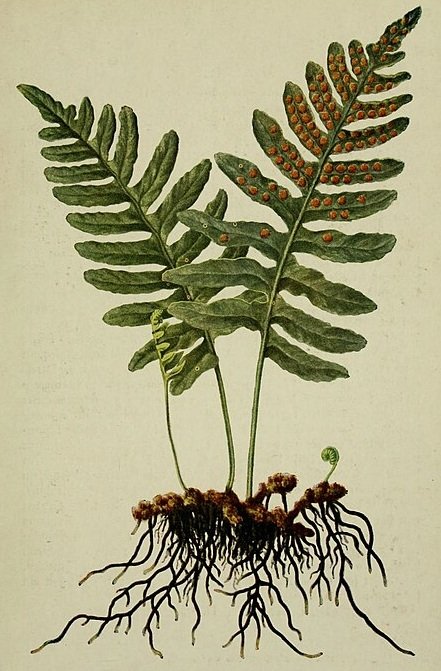
Form
Resurrection fern is actually an epiphytic fern which means it grows on surfaces other than soil and derives its nutrients from the air. It can be found on live oak trees in forested areas with high humidity.
It can be found growing on bark, rocks, roof shingles, old rotting wood, stumps, clay banks, and other objects if the light and humidity is right for their growing conditions.
Leaves
Fronds (leaf): The fronds are leathery and evergreen and can reach 12 inches in length but are generally a little shorter. They curl up when they are dry and the plant appears dead, but once a little rain hits the leaves they reopen and are resurrected hence the name given to this fern.
Petiole (leaf stalk): The petiole length is about 3 inches and grooved. The surface is scaly especially when young.
Rachis (leaf stem): The rachis is green and scaly.
Blade (leaf blade): The leaf blades have an overall shape of an elongated triangle.
Pinnae (leaflets): The leaflets are deeply lobed and bright to dark green. They are not hairy on the upper surface but are below.

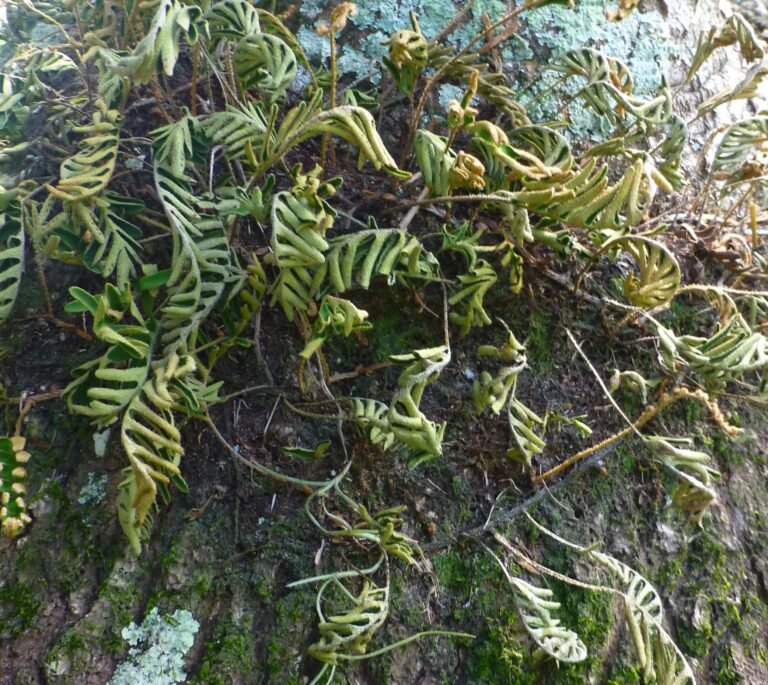
Spores
The sori are round and produce a conspicuous bump on the upper surface of the leaflet.
The sori is the structure on the leaflet that contains the spores.
On the resurrection fern the sori are located along the leaflet tips and margins, but not directly on the edge.

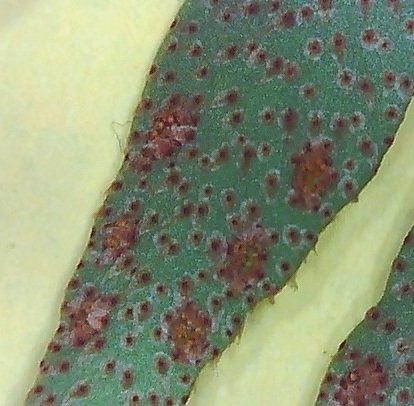
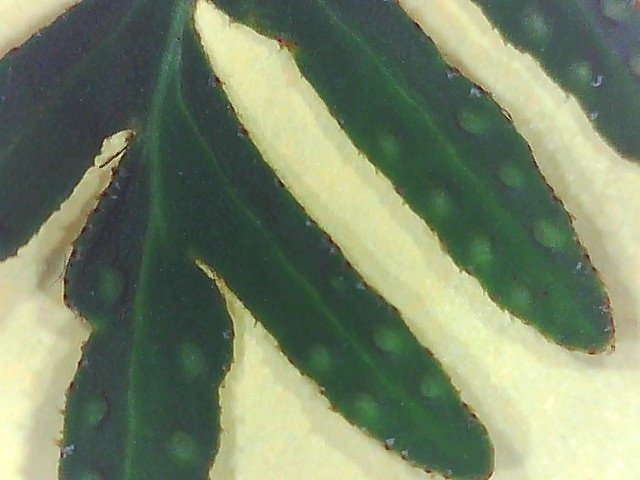
Habitat
Resurrection fern’s preferred sites are in hammocks on old oak trees and cypress trees. But can be found growing on other trees and garden plants.
It is usually found growing alongside Spanish moss, other Tillandsias like wild pine, and lichens and cushion mosses that like to grow on tree bark.
Native Range
Resurrection fern is documented for every county in Florida except for Bradford, Miami-Dade, and Union Counties.
It can be found in the following states: AL, AR, DE, FL, GA, IL, IN, KS, KY, LA, MD, MO, MS, NC, NY, OH, OK, SC, TN, TX, VA, and WV.
It is also found in Puerto Rico and the Virgin Islands.
Landscape Use
Resurrection fern works great in humid and shady areas of the landscape.
It is a wonderful fern to grow on the limbs of large oak trees, tree stumps, or fallen logs.
It is best for naturalized areas of your green space although it can be wired onto pieces of oak bark and used for decorations. If it is on a porch, or lanai, you may need to keep it sprayed with water if it’s not getting enough humidity.
It also works well in reptile and amphibian enclosures that are high in humidity. It gives a wonderful area for your pet to rest in and forage in.
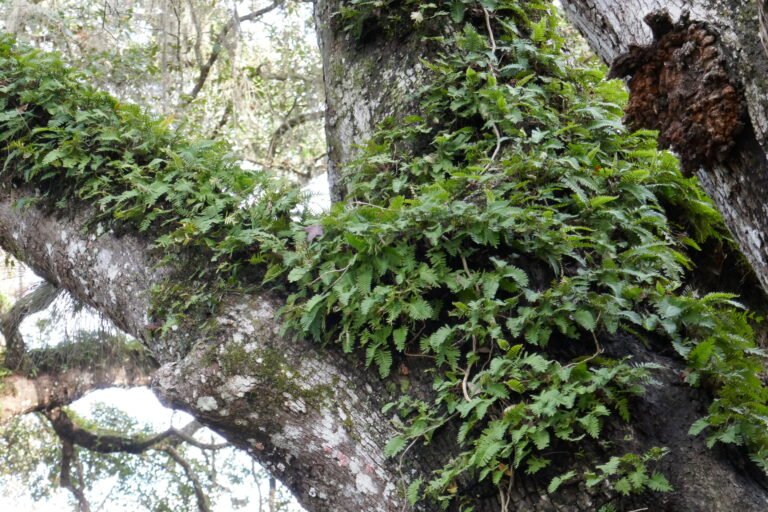
Wildlife Use
Ferns of all types provide hiding, and foraging, places for a variety of wildlife such as frogs, lizards, damsel flies, and dragonflies.
They also provide a soft cushion for resting mammals such as opossums, squirrels, and raccoons.
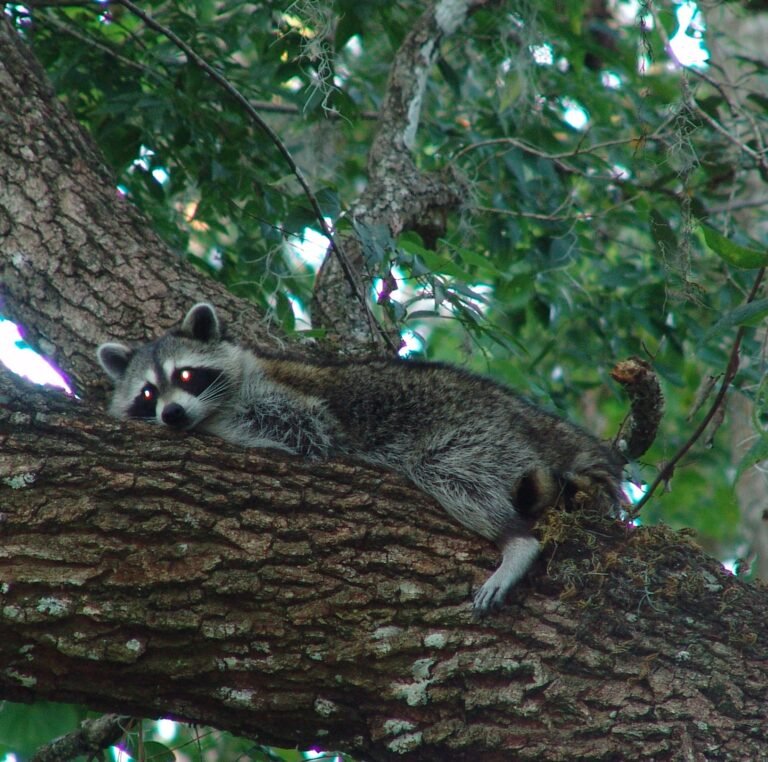
Human Use
“American Indians used ointment of the heated stem and leaves for sores, ulcers. Leaf tea used for headaches, dizziness, thrush, sore mouth, and bleeding gums.” [1]
Propagation
Transplanting is usually always successful if you can obtain plants with sufficient roots and place it on the same substrate such as tree bark. Many times pieces of bark with resurrection fern growing on them fall down during storms and the bark pieces, with the ferns attached, can be placed in shady and humid areas of the garden and will continue to grow.
Further Reading
The United States Forest Service has a great article called Fern Structure if you’re interested in learning more about ferns. Check out –
https://www.fs.usda.gov/wildflowers/beauty/ferns/structure.shtml#:~:text=Sori%20(singular:%20sorus)%20are,indusia%20(singular:%20indusium).
The University of Florida has a great article called Natural Area Weeds: Distinguishing Native and
Non-Native “Boston Ferns” and “Sword Ferns”
(Nephrolepis spp.)
https://ufdcimages.uflib.ufl.edu/IR/00/00/41/78/00001/AG12000.pdf
Footnote
[1] Foster, Steven and Duke, James A.. Peterson Field Guide To Medicinal Plants & Herbs Of Eastern & Central N. America: Third Edition. Mariner Books. 2014